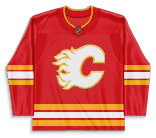
NHL Transactions & Roster Moves



With Jason Zucker (lower body) on IR, the Sabres have recalled Rosen from the Rochester Americans (AHL). The 22-year-old Rosen was productive in a 10-game stint with the Sabres earlier this season, scoring seven points (3G / 4A).
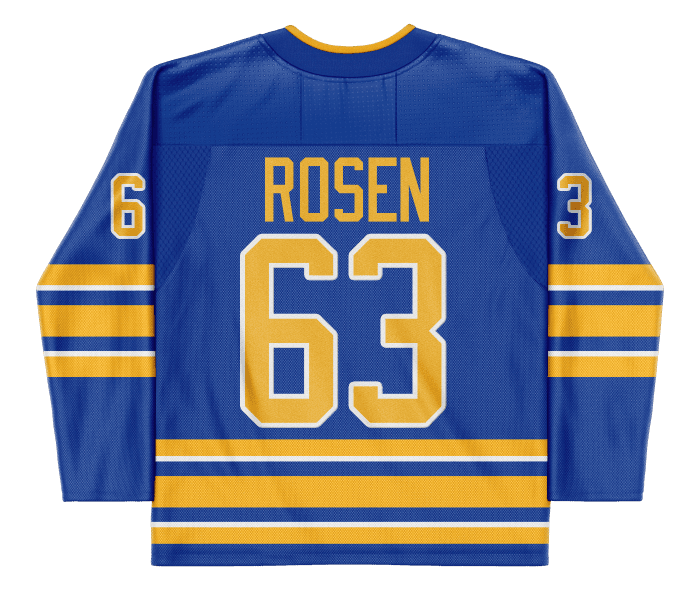
Salamonsson was drafted in the second-round, 55th overall, by the Jets in the 2022 NHL Entry Draft. The 21-year-old Swedish defenseman made his NHL debut this season, playing four games with Winnipeg. He made his North American professional debut last season in the AHL, scoring 27 points (5G / 22A) in 53 games with the Manitoba Moose.
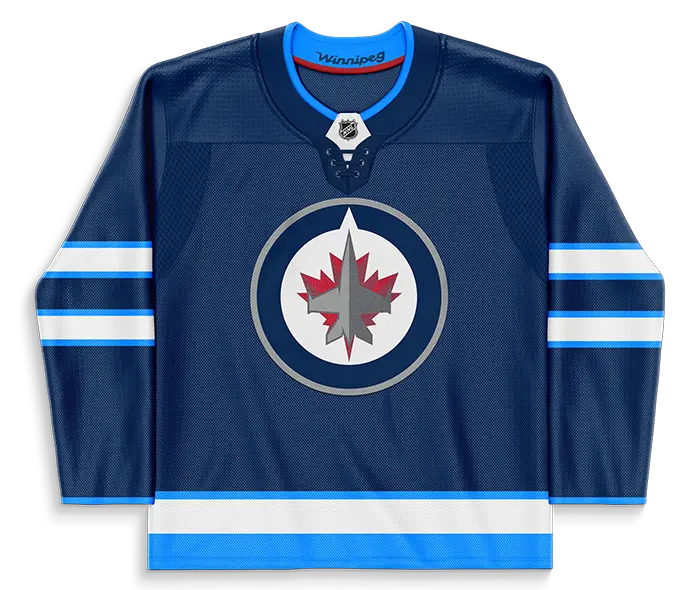
Woo was drafted 37th overall by the Canucks in the 2018 NHL Entry Draft and has yet to play an NHL game. The 25-year-old defenseman had 18 points (2G / 16A) in 67 games with the Abbotsford Canucks (AHL) last season.

Sabourin played three games with Tampa Bay this season, scoring two points (1G / 1A), but has spent most of the campaign in the AHL. The 33-year-old forward has six points (4G / 2A) in 17 games with the Syracuse Crunch (AHL).
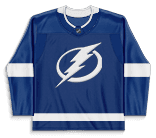
Toninato is no stranger to the NHL, with 35 points (13G / 22A) in 189 career games, but has almost exclusively played in the AHL over the past two seasons. The 31-year-old forward has 17 points (5G / 12A) in 24 games with the Rockford IceHogs (AHL) this season.

Brunicke was drafted 44th overall by the Penguins in the 2024 NHL Entry Draft and has split time between Pittsburgh and Wilkes-Barre/Scranton (AHL) in his first full professional season. The 19-year-old defenseman scored one goal in nine games with Pittsburgh and hopes to be a difference-maker for Canada at the upcoming World Junior Championships.

With Evgeni Malkin (upper body) and Blake Lizotte (undisclosed) placed on Injured Reserve, Pittsburgh has recalled Danton Heinen and Samuel Poulin from Wilkes-Barre Scranton (AHL). The 24-year-old Poulin has been excellent in the AHL this season, with 20 points (9G / 11A) in 21 games.
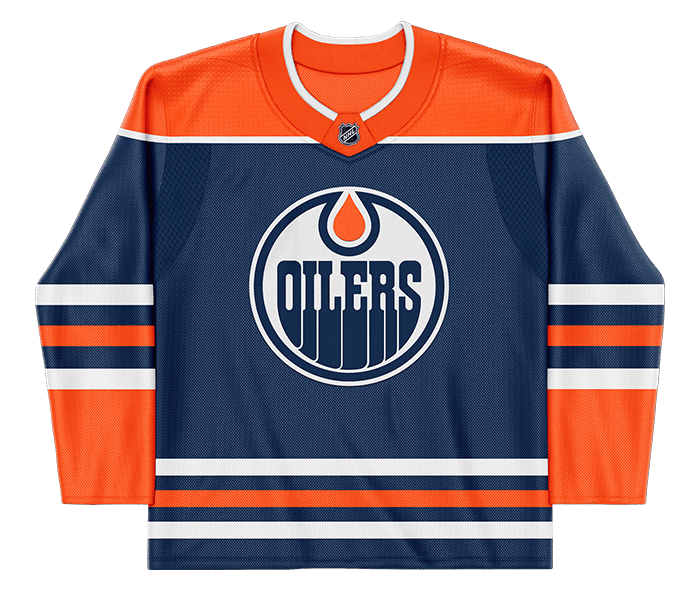
With Evgeni Malkin (upper body) and Blake Lizotte (undisclosed) placed on Injured Reserve, Pittsburgh has recalled Danton Heinen and Samuel Poulin from Wilkes-Barre Scranton (AHL). The 30-year-old Heinen is an NHL veteran of 575 games, but has spent most of the 2025-26 season in the AHL, where he has 18 points (6G / 12A) in 12 games.

McGing was drafted by the Blues in the fifth round of the 2018 NHL Entry Draft, but has only worked his way into six career NHL games. The 27-year-old forward has six points (4G / 2A) in 18 games with the Springfield Thunderbirds (AHL) this season. .
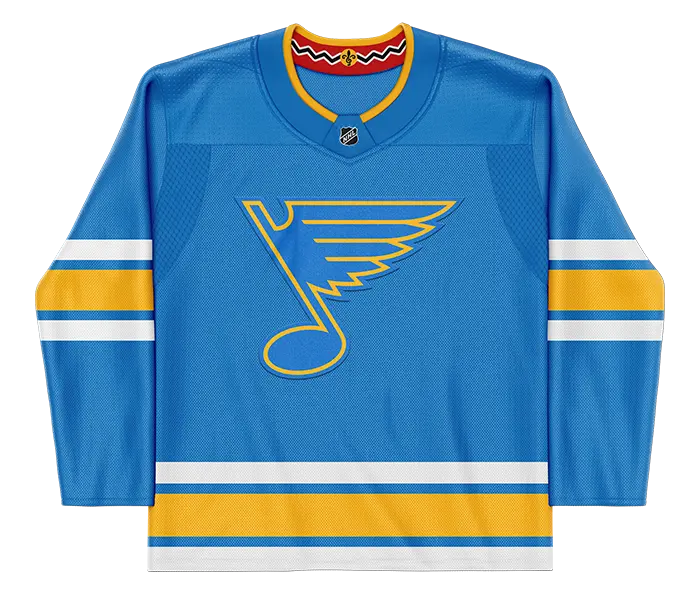
Megna has 27 points (4G / 23A) in 193 career NHL games, but has predominantly been a fixture at the AHL level. The 32-year-old defenseman has five points (2G / 3A) in 15 games with the Henderson Silver Knights (AHL) this season.
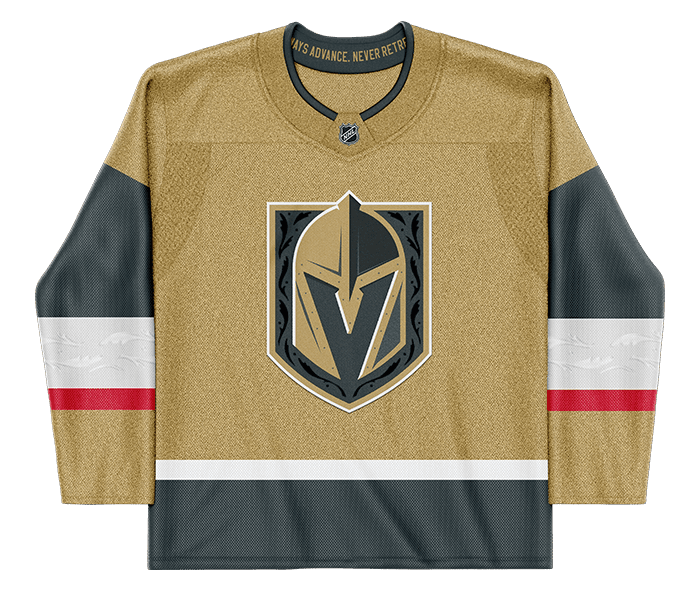
Coghlan is no stranger to the NHL, with 22 points (6G / 16A) in 112 career games, but has only played six games since the 2022-23 season. The 27-year-old defenseman has 10 points (5G / 5A) in 22 games with the Henderson Silver Knights (AHL) this season.

Rinzel was drafted 25th overall by the Blackhawks in the 2022 NHL Entry Draft and was believed to be a candidate for the Calder Trophy before the start of the season. The talented 21-year-old defenseman got off to a hot start, with three points (1G / 2A) in his first seven games, but has struggled since, with only five in his last 21 (0G / 5A). He has been reassigned to Rockford (AHL) to play a more prominent role and hopefully gain some confidence before returning.
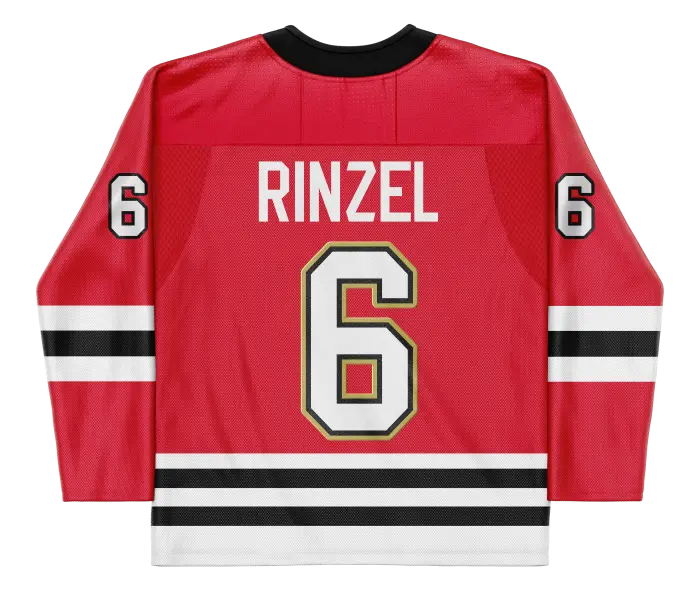
Slaggert has played 10 games for the Blackhawks this season, but has not draw into the lineup since November 26th, serving as a healthy scratch. He has one goal and is averaging 9:04 time-on-ice with Chicago.
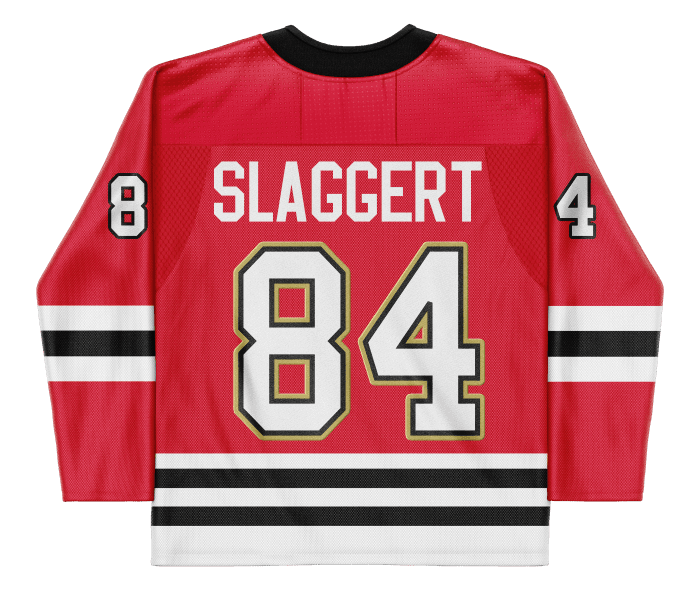
Devine was a seventh-round pick, 221st overall, of the Florida Panthers in the 2022 NHL Entry Draft. The 22-year-old forward made his NHL debut earlier this season and has zero points in six games.

With Charlie Lindgren on Injured Reserve, Stevenson served as Logan Thompson's back up on Sunday, but he has been reassigned to the AHL, with Garin Bjorklund being recalled in a corresponding move. The 26-year-old Stevenson made his NHL debut last season, playing three games with Washington. He has a 2.54 GAA and .913 SV% in 11 games this season (7-4-0) with the Hershey Bears (AHL).

With Charlie Lindgren on Injured Reserve, Bjorklund will be the next man up to serve as Logan Thompson's backup. The 23-year-old Bjorklund has never played an NHL game. He has a 3.01 GAA and .895 SV% in nine games (4-4-1) with the Hershey Bears (AHL) this season.
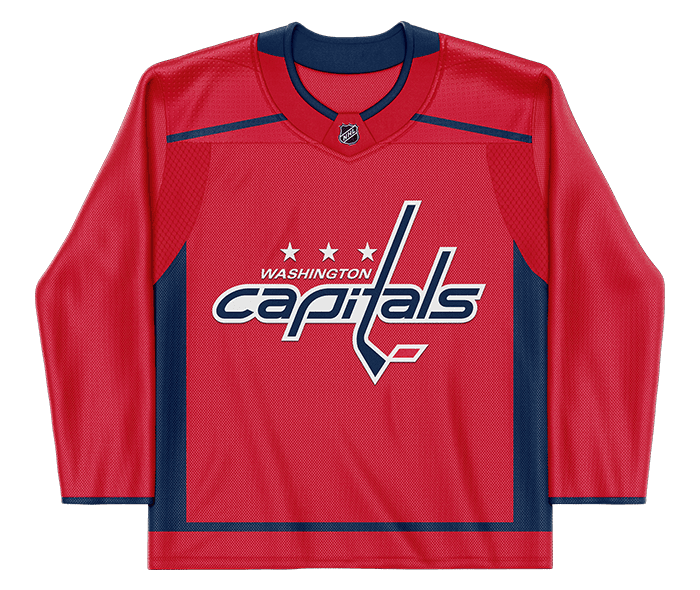
Brzustewicz was a third-round pick, 75th overall, of the Vancouver Canucks in the 2023 NHL Entry Draft. The 21-year-old defenseman played one game with the Flames last season, his only NHL game. He has 12 points (4G / 8A) in 23 games this season with the Calgary Wranglers (AHL).
